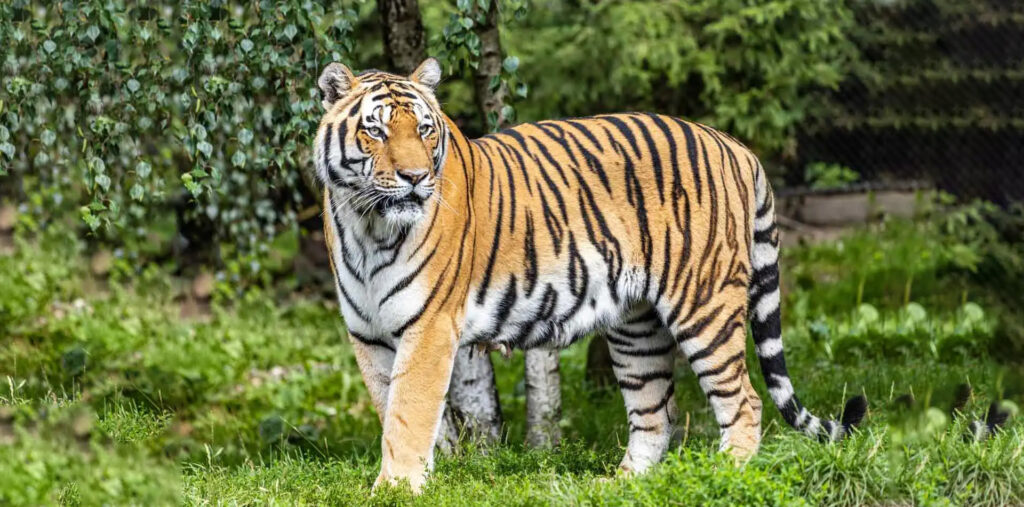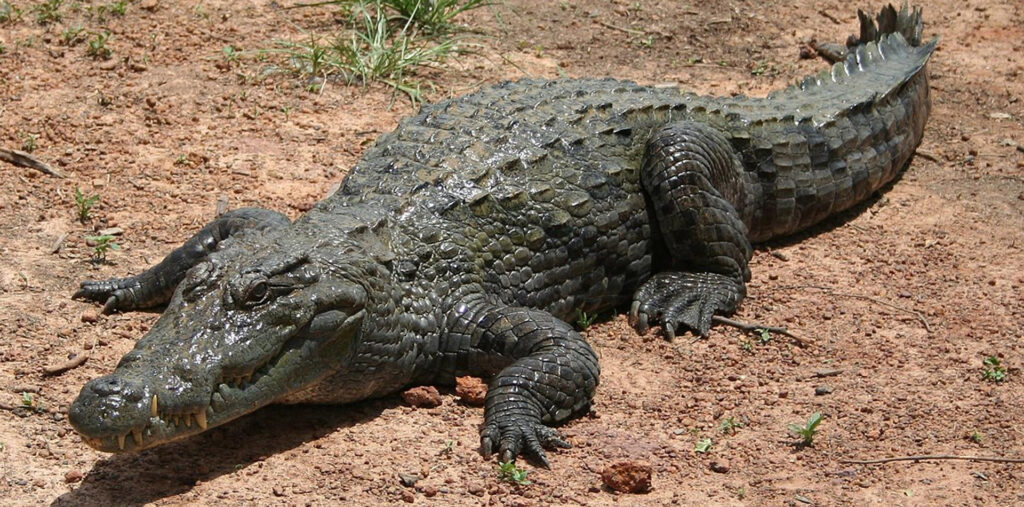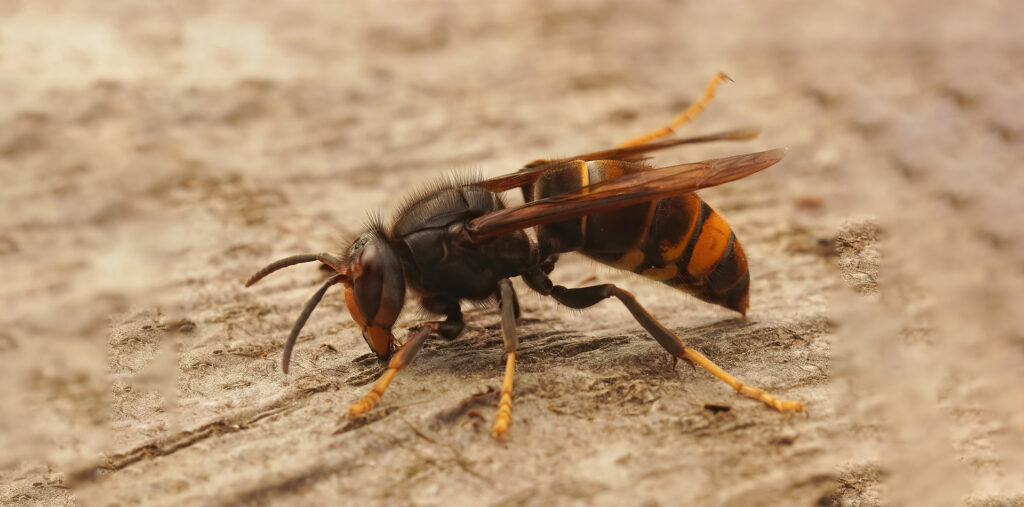Meet with MantaRay

Welcome to our deep dive into the mesmerizing world of manta rays! These majestic creatures, with their elegant movements and impressive size, are among the most fascinating inhabitants of the ocean. In this “Manta Rays: Graceful Giants of the Ocean Depths” blog post, we’ll explore the captivating characteristics, behaviors, and conservation efforts surrounding manta rays, shedding light on these gentle giants of the deep.
The Magnificent Manta Ray:
Manta rays, belonging to the genus Manta, are large cartilaginous fish known for their distinctive diamond-shaped bodies, elongated cephalic fins, and graceful swimming motions. These gentle giants can reach widths of up to 23 feet, making them one of the largest ray species in the world. Despite their imposing size, manta rays are harmless filter feeders, primarily consuming plankton and small fish by filtering them through their gills as they glide effortlessly through the water.
Habitat and Distribution:
Manta rays are found in tropical and subtropical waters around the world, inhabiting coastal regions, coral reefs, and open ocean environments. They are often encountered in areas with strong currents, where plankton concentrations are highest. Manta rays are highly migratory animals, traveling long distances in search of food and suitable breeding grounds. Some populations are known to congregate seasonally in specific locations for feeding or mating purposes.
Behavior and Ecology:
Manta rays are solitary animals for much of their lives, although they may gather in aggregations for feeding or mating purposes. They are known for their acrobatic aerial displays, breaching the surface of the water and somersaulting in mid-air, possibly as a means of communication or to remove parasites from their bodies. Manta rays are also known to form symbiotic relationships with other marine species, including cleaner fish and birds, which help to remove parasites and dead skin from their bodies.
Conservation Status and Threats:
Despite their graceful appearance and ecological importance, manta rays face numerous threats to their survival, including overfishing, habitat degradation, and entanglement in fishing gear. Manta rays are often targeted for their gill plates, which are believed to have medicinal properties in some traditional Asian cultures. Additionally, accidental capture in fishing nets and boat strikes pose significant risks to manta ray populations. Conservation efforts aimed at protecting critical habitats, regulating fishing practices, and promoting responsible tourism are essential for ensuring the long-term survival of these magnificent creatures.
Manta rays are extraordinary animals that inspire wonder and awe with their graceful movements and gentle nature. By learning more about their biology, behavior, and conservation needs, we can better appreciate the importance of protecting these magnificent creatures and the delicate ecosystems they inhabit. Whether encountered in the wild or admired from afar, manta rays remind us of the incredible diversity and beauty of marine life and the importance of preserving our oceans for future generations to enjoy.











